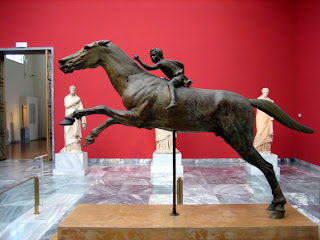CHINESE ART – HAN DYNASTY
Among China’s major dynasties, Han Dynasty was one of the longest of all. It was between 206 BCE and 220 CE and considered as the Golden Age in Chinese history as there were only minor interruptions during the period and lasted a span of over four centuries. Han Dynasty was founded by Liu Bang or known as Emperor Gaozu, who became the first Han emperor after the collapse of the previous dynasty (Qin Dynasty). It was noted in history that Liu Bang was the first Chinese emperor who was originally a commoner. There are a few notable contribution of Han Dynasty towards the modern days; the opening of the Silk Road and the great appreciation of Confucius. Although Han Dynasty ended in 220 CE, it is clear that the Han still lives on today and even Chinese people refer to themselves as the Han people.
Wu Liang Shrine
151 CE - 168 CE
Creating permanent artworks in durable materials was a new departure for Chinese art. In the Han period, they made a small-scale sculpture which is made of stones or bricks. They were stamped and carved with relief scenes and they are particularly common in tombs. The finest examples are from the Wu Liang Shrine at Jiaxiang. Dating to 151 CE or 168 CE, there are some 70 relief slabs which carry scenes of battles and famous historical figures, such as Confucius, all identified by accompanying texts and covering a chronological Chinese history in a pictorial record similar to a history book. Wu Liang Shrine was actually the family shrine of the Wu clan of the Eastern Han dynasty. The shrines contain a vast amount of relief carvings. The diagram above shows the rubbing of a detail from the Wu family shrines' stone relief carvings. The scene depicts the Fusang tree, Xihe who is going to hitch her Dragon Horse to the Sun Chariot, and Archer Yi who takes aim at the Sun Crows.




Comments
Post a Comment